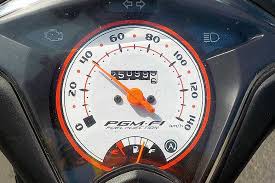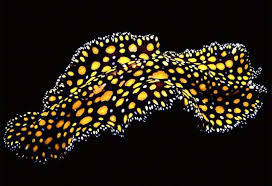Derivative Quantity
Derived Quantities are quantities derived from the principal quantity. The special characteristics of derived quantities include that they are obtained from direct and indirect measurements, have more than one unit, and are derived from the principal quantity.
One example of a derived quantity is Area.
Area is the product of two lengths, namely the length and the width. So, Area
is the derivative of Length.
Another example is volume. Volume is a
combination of three length quantities, namely length, width, and height. So,
Volume is also the derivative of the quantity of length.
Derivative Quantity |
Unit Name |
Symbol |
In Basic Units |
|
Large |
square meter |
m² |
m² |
|
Volume |
cubic meter |
m³ |
m³ |
|
Speed |
meters per second |
m/s |
m/s |
|
Acceleration |
meters per second Square |
m/s² |
m/s² |
|
Density |
kilograms per cubic meter |
kg/m³ |
kg/m³ |
|
Gaya |
newton |
N |
kg.m/s² |
|
Energy and effort |
joule |
J |
kg.m²/s² |
|
Power |
watt |
W |
kg.m²/s³ |
|
Pressure |
pascal |
Pa |
kg/(m.s³) |
|
Frekuensi |
hertz |
Hz |
s^-1
(s pangkat min satu) |
|
Electrical charge |
coulomb |
C |
A.s |
|
Electric potential |
volt |
V |
kg.m²/(A.s³) |
|
Electrical resistance |
ohm |
Ω |
kg.m²/(A².s³) |
|
Capacitance |
farad |
F |
A².s²/kg.m² |
|
Magnetic field |
tesla |
T |
kg/(A.s²) |
|
Magnetic flux |
weber |
Wb |
kg.m²/(A².s²) |
|
Inductance |
henry |
H |
kg.m²/(A².s²) |




Comments
Post a Comment